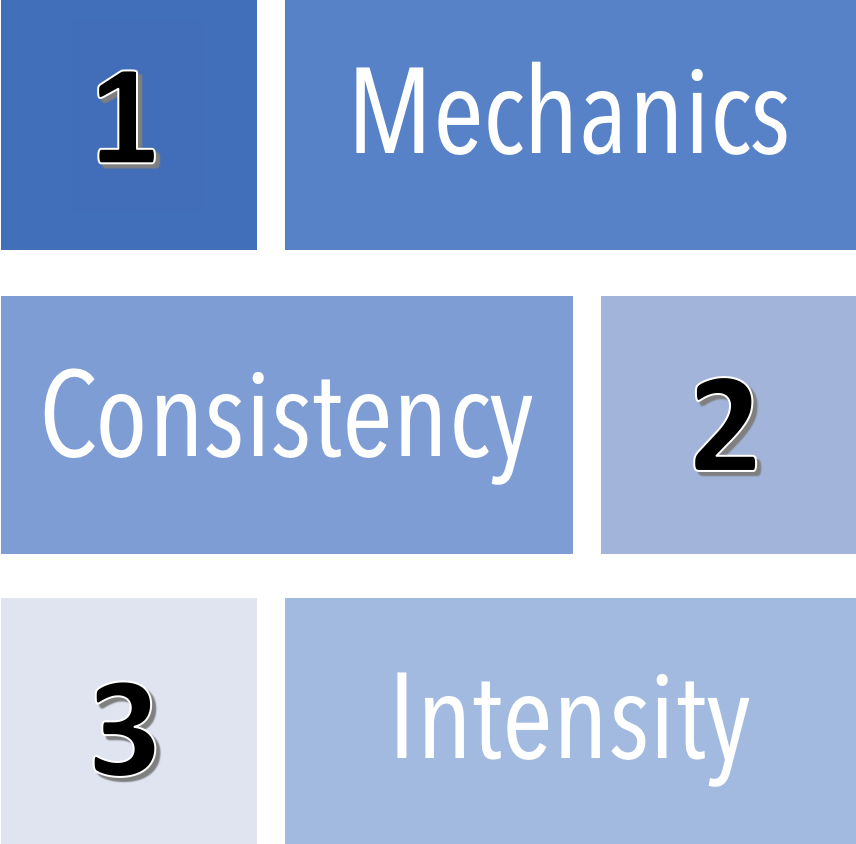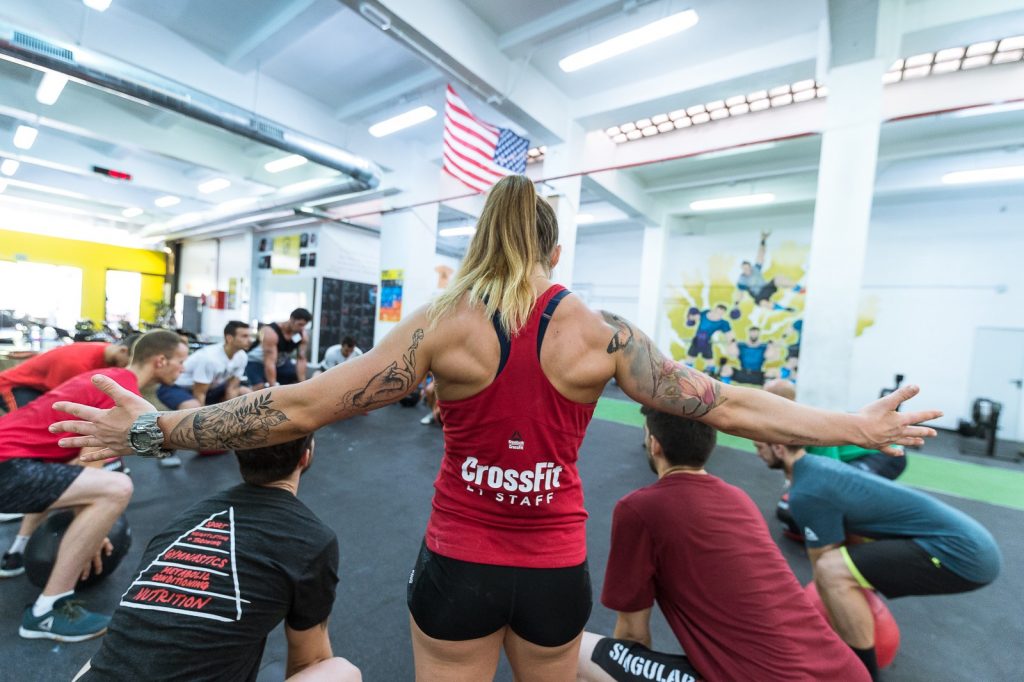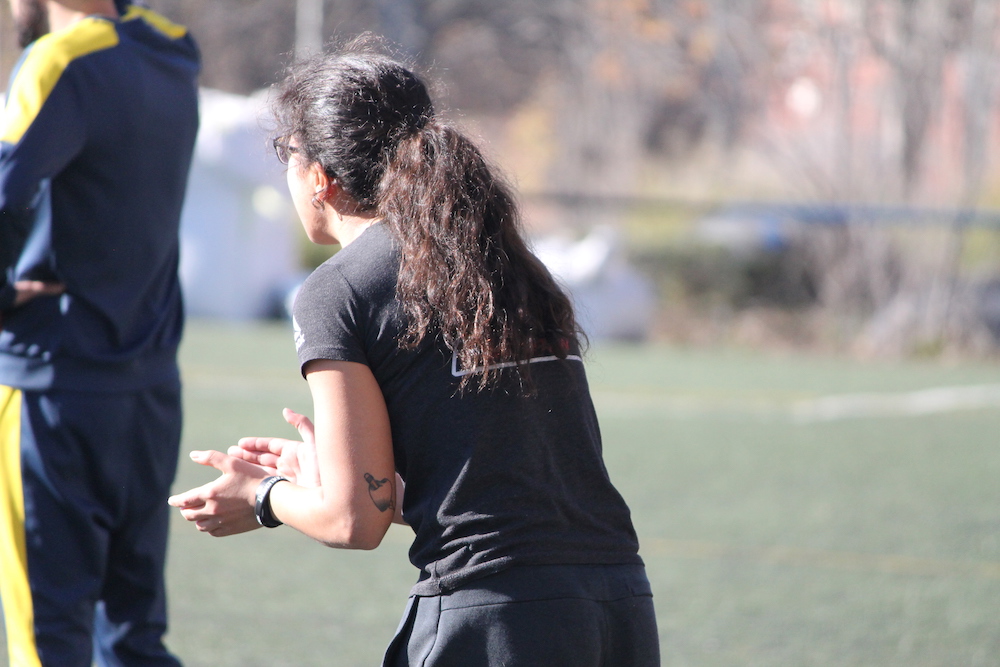Teaching CrossFit by using behavioral techniques
Human beings are born with a repertoire of innate behaviors as a result of millions of years of evolution. They’ve been hardwired into our brains to ensure our survival throughout the years. However, once we actually start interacting on planet Earth, we begin to learn a whole bunch of different skills.
This learning process is quite basic and it doesn’t really change as we fully develop into adults (yes, this means old dogs can learn new tricks). Understanding how human beings learn and acquire new behaviors can be quite useful for those of us who’ve decided to make a living out of teaching CrossFit.
In this article we’ll be talking about two behavioral techniques – reinforcement and punishment system and the shaping method – both of which can help us teach our athletes how to sharpen their tools and broaden their fitness in the process.
1 – Reinforcement vs. punishment
As active agents in our environment we can manipulate certain stimuli to elicit a desired effect, which can be to increase or reduce the chances of an individual repeating certain behaviors. This is how reinforcement and punishment can be used as teaching methods. It’s actually very common when teaching CrossFit but it should be noted that there’s a right way to do it.
First of all, when we say «positive» or «negative» we’re referring to either «providing a stimulus» or «withdrawing a stimulus», respectively. On the other hand, if we say «reinforcement» or «punishment», we wish to increase or decrease the chances of an individual repeating their behavior.
- Positive reinforcement: this is the good ‘ol «here’s something you like cause you did something good». We provide the athlete with an appetitive stimulus to try and get them to repeat their behavior. Any form of positive feedback after an athlete executed a training session at the desired level is an example of positive reinforcement.
- Negative reinforcement: this means we withdraw an unenjoyable stimulus to reward a certain behavior. For example, imagine you programmed 8 intervals on the assault bike but your athlete is crushing the paces you wrote out and you decide to give them the opportunity to skip the 8th interval if they manage to stay consistent on the 7th.
- Positive punishment: this one is pretty much a given in any CrossFit affiliate around the world… or haven’t you ever been hit with penalty burpees? Leaving unattended barbells rolling around the floor or being late to class are things we don’t want our athletes doing so we gladly provide them with something as aversive as the burpee (although I must confess I love burpees and don’t think of them as punishment).
- Negative punishment: this means that you withdraw something the athlete enjoys as punishment for unwanted behavior. For example, if the athlete’s late for class and misses the warm-up, the coach may decide to leave him out for that session because he’d mess up the class flow for the rest of the members.
2 – The shaping method
The shaping method is based on gradual reinforcement of successive approximations to a pre-established goal behavior. When teaching CrossFit, this behavioral technique can be applied for any and every progression drill we would normally use to learn how to snatch, do a muscle-up or an air squat.
Executing movements in CrossFit hitting all points of performance can only rest on a solid foundation. We look for exquisite movement patterns in our athletes before we move to the coveted «high-intensity» variable.

Shaping programs are ideal when it comes to translating one of CrossFit’s greatest teachings to real-life situations (see figure 1) by using this method to guarantee excellent mechanics.
First, we choose a goal movement (clean & jerk, handstand walk, pull-up, etc.) and then we program a series of successive approximations to pave the road towards the end goal. Every time the athlete hits a milestone, we reinforce.
As the athlete progresses, we withdraw previous reinforcement. Ergo, the athlete will have to complete more difficult movement sequences in order to receive reinforcement as time goes on.
In order for the shaping method to be truly effective, the coach must be knowledgeable enough to identify execution errors and provide corrective cues for each case. These aspects will determine the affective valence of our feedback – positive, negative or corrective – (Carmona et. al, 2015).
Imagine one of the athletes at your affiliate doesn’t have a strict pull-up yet. The end goal is that non-kipping pull-up so we take a look at our progression drills and decide to have the athlete navigate through isometric bar holds, scapular pull-ups, ring rows with elevated feet, eccentric pull-ups, so on and so forth.
Once the athlete is able to hold onto the bar for more than 30″, you reinforce; once the athlete manages to perform scapular pull-ups with proper technique, you reinforce; and you continue in that fashion while simultaneously withdrawing reinforcement from previous steps. Throughout the process you provide negative or corrective feedback to avoid inadequate movement patterns because our focus must always be on enforcement of proper pull-up mechanics (scapular retraction, activated lats and core, etc.)

«If, as a coach, you don’t seek continuing education, don’t be a coach.»
Nat Diez
In the end, one of the most satisfying consequences of teaching CrossFit is that it often transcends the physical aspect. Not only do we aim to improve quality of life, we also teach values – which ultimately casts a larger shadow than we acknowledge -.
We must own up to that responsibility and avoid settling in on our present know-how. As representatives of a scientific-based training methodology we’re subject to constant renewal of our skill-set as coaches. That’s why we’re asked to re-up our coaching credentials every now and again.
This doesn’t mean you should start using reinforcements and punishments like there’s no tomorrow cause you read it on some blog or that you should drastically change your teaching style. It’s a lot easier than all that: drink from every fountain of knowledge you can find and thrive to offer your best version to those who enter your affiliate looking for their own.
Carmona, D., Guzmán, J. F., & Olmedilla, A. (2015). Efectos de un programa de formulación de objetivos y moldeamiento del pase en jóvenes jugadores de fútbol. Revista de psicología del deporte, 24(1), 81-88.

